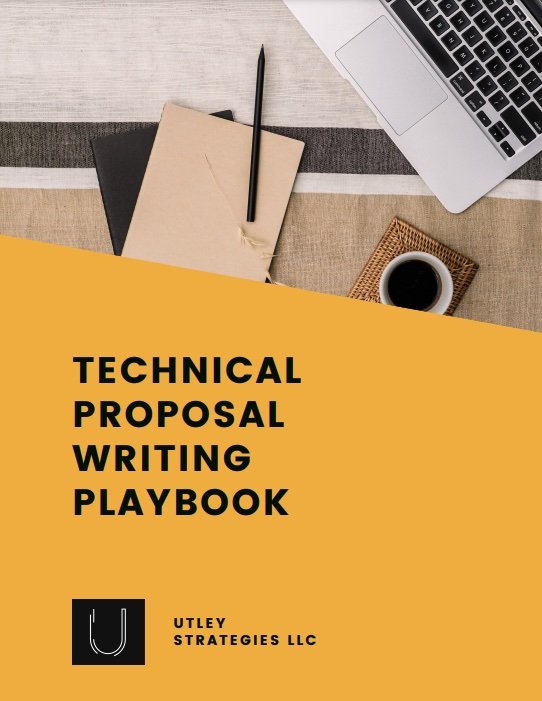How to Prep Your Content Library for Busy Season
Whether you respond to RFPs or send out less formal proposals, when busy season arrives, there aren’t enough hours in a day to update your content. By prepping your content library for busy season in advance, you save many headaches down the road, and the improved proposal content will help you win more contracts. Read on for steps you can take during slow periods to update your content library to be ready when the busy season arrives.
Review Past Proposals
First and foremost, review the most recent proposals you submitted. When reviewing these proposals, answer the following questions:
Is any of this information no longer accurate?
Can this content be repurposed for other customers?
What sections received the best feedback? The worst?
(for RFPs) Were there areas where we consistently scored lower than the competition?
Is this content clear and engaging? Does it highlight our key differentiators?
By answering these questions, you will learn what content needs to be updated, thrown out, or created from scratch. Create a list and a deadline before the start of your busy season to fully update the content.
Update Existing Content
If you have an existing content library, congratulations! Many companies rely on copying and pasting from past proposals (which we strongly do not advise). While you’re a step ahead of the curve in this regard, a way to further stand out is to regularly refresh your content library. You can ask questions similar to the above to determine what content is outdated, no longer relevant, unclear, stale, or missing. From there, you can work to update your library for use in future proposals.
Evaluate New Offerings
One area that causes many headaches during busy proposal season is pitching new products or services that you haven’t pitched (or sold) before. If you know your goal this season is to expand in a new area, make sure you prep that content ahead of time. Waiting until you’re on an RFP deadline or the customer is asking for the proposal will ensure that your content is rushed, not well-planned, and most likely not very engaging. Instead, identify any new offerings early and develop all content with a clear strategy before the proposal is needed.
Collect References and Case Studies
One area that takes more time than most to create is the references/case studies. Anything involving customer feedback, quotes, and related information will take a bit of time to pull together. If your industry often asks for references in proposals or you want to highlight a specific project, work with your customers to collect this information ahead of busy season. This will allow them to provide the best information and also give you time to curate a strong list of client projects to highlight.
Update Template
Yes, the content library includes content, but don’t overlook your template! When you’re updating your content, take a look at your template as well. If the branding is outdated, update to your new brand. If you know that certain features or elements give you trouble when creating a proposal, fix those before you have too many proposals on your plate. A strong proposal template can save you time and make your proposal stand out from the competition.
Next Steps for Content Library Prep
Now that you know a few areas to review, it’s time to start updating! Below is a high level process that will make your content library update easier:
Create a list of all content to be updated
Develop timeline for updates and a clear deadline (before busy season starts)
Assign content writers and designers to draft
Review, revise, repeat as needed
Compile final content in a single, easily accessible location
If you’re not sure where to start (or simply don’t have the time), we can help.



